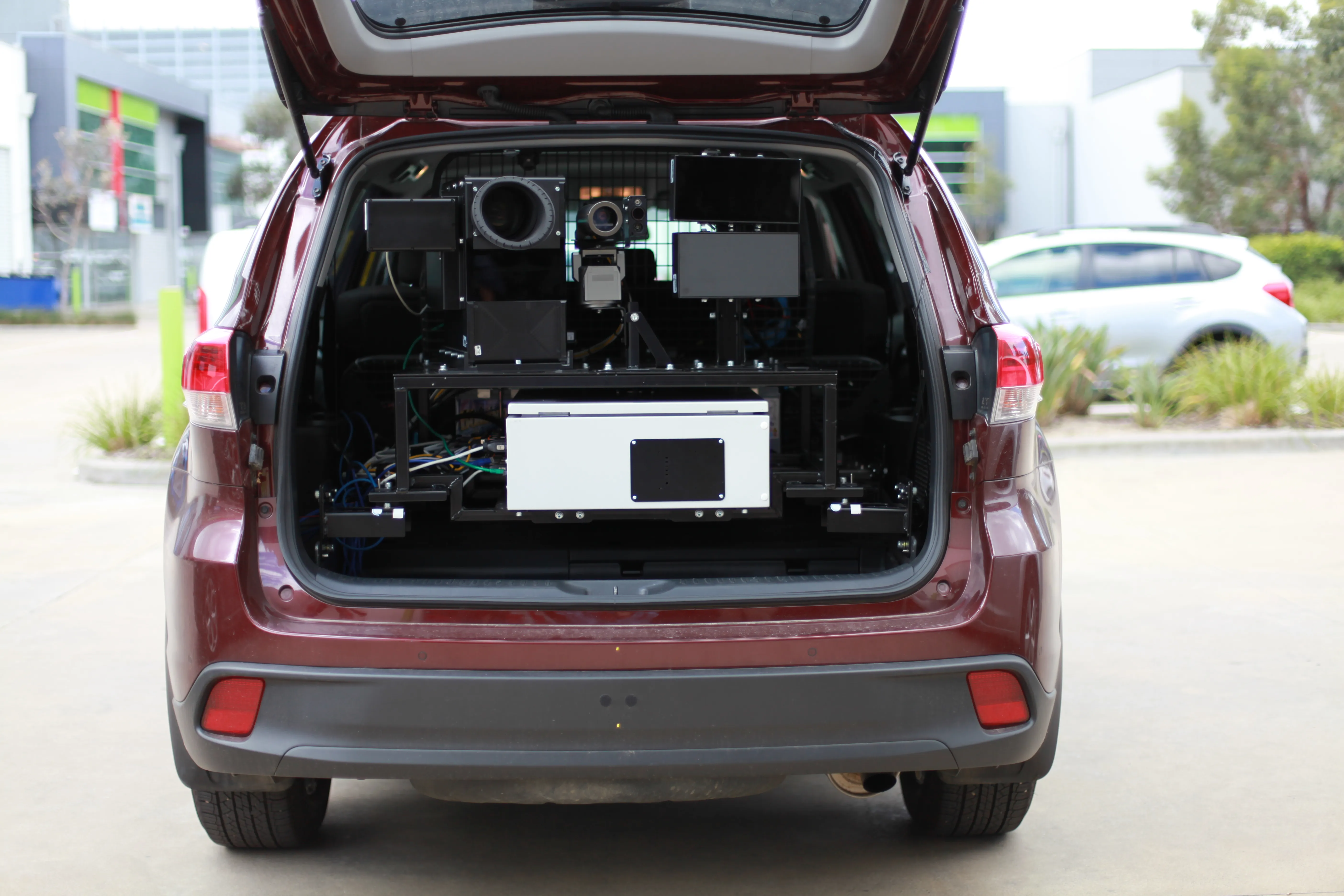Sensys Gatso Australia has received technical and legislative approval for a road safety camera which it says will enable Victoria Police to deter speeding motorists.
By Ben Spencer
February 12, 2020
Read time: 1 min

The company’s managing director Enzo Dri says: “We believe this solution will assist in reducing the number of speeding vehicles on the Victorian road network and subsequently contribute to the minimisation of serious injuries and fatalities.”
The Gatso T-Series Mobile Digital Road Safety Camera is underpinned by the Sensys Gatso T-Series enforcement platform. This solution uses a multi-tracking radar to track and measure speeds of multiple vehicles across more than six lanes, the company adds.








